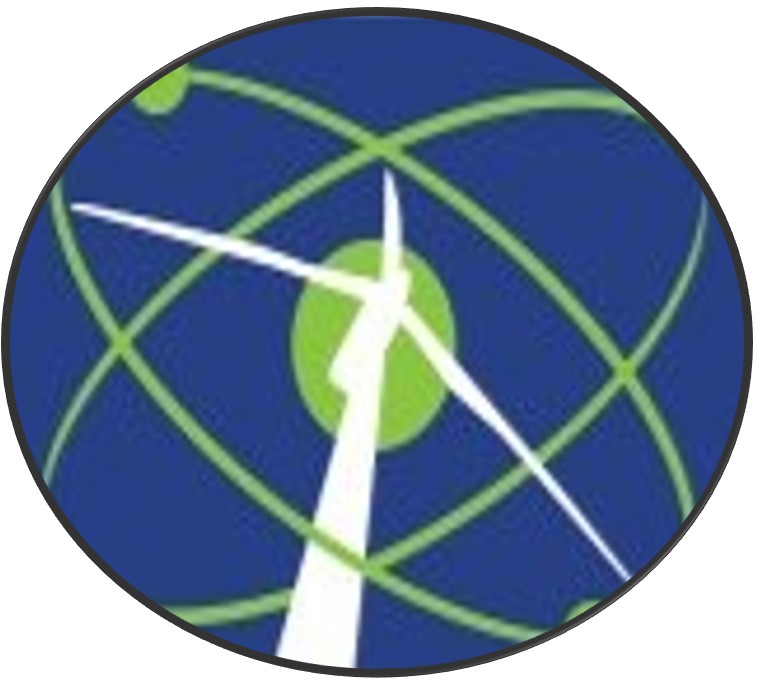The hydrogen-powered PA-890 slow-rotor wing compound helicopter is expected to be able to carry a pilot and up to seven passengers on trips of over 200 nm.
Piasecki Aircraft Corp (PiAC) is stepping up its plans to bring a hydrogen-powered helicopter to market by the end of the decade. Development work that has been significantly boosted by support from the U.S. Air Force now involves the evolution of a 660-kilowatt test rig for the propulsion system into an iron bird unit that will pave the way for a full-scale prototype the company aims to start flying in 2028.
The PA-890 slow-rotor wing compound helicopter is expected to be able to carry a pilot and up to seven passengers on trips of over 200 nm. Its projected payload is 1,660 pounds and the maximum takeoff weight is 7,000 pounds.
Pennsylvania-based PiAC anticipates that the aircraft will be used for both commercial and defense applications such as emergency medical flights, cargo logistics, and personnel transport and could potentially also be employed for commercial air taxi operations. The company expects the PA-890 to deliver a 50 percent reduction in operating costs compared with current turbine helicopters, as well as being much quieter and producing zero emissions.
“We’ve made some significant progress and what we’re striving towards is to increase the energy density available for vertical flight by around five times compared with batteries,” president and CEO John Piasecki told AIN. “We’re aiming for a market that we feel is robust enough to warrant this investment to meet demand from operators needing longer range than they can get from eVTOL aircraft.”
The PA-890 will be powered by a high-temperature proton exchange membrane (HTPEM) fuel cell system being developed by ZeroAvia, which is advancing plans to convert existing airliners seating up to around 80 passengers. As part of work with the USAF, PiAC has already produced a two-seat proof-of-concept demonstrator using an 80-kilowatt propulsion system.








